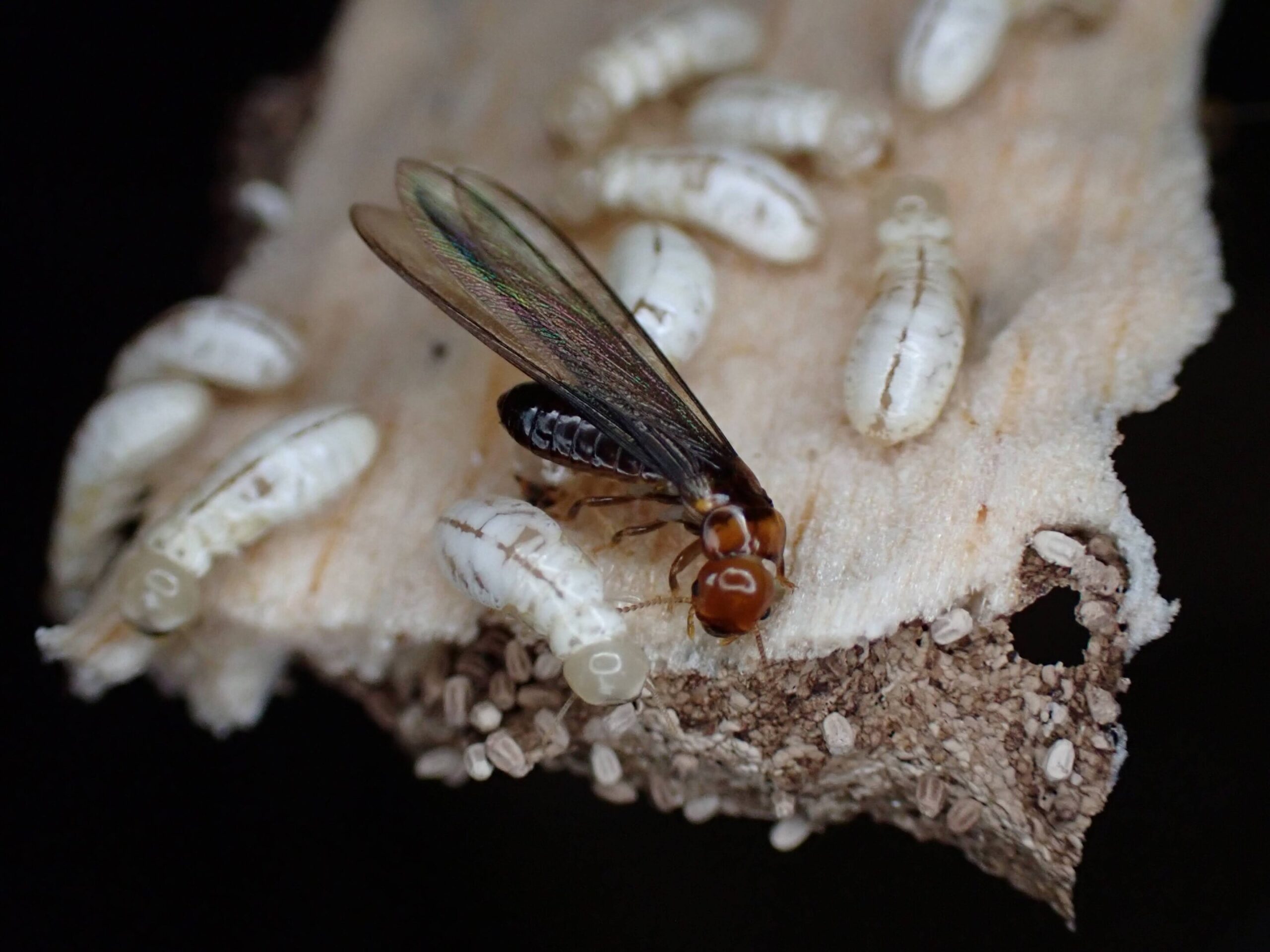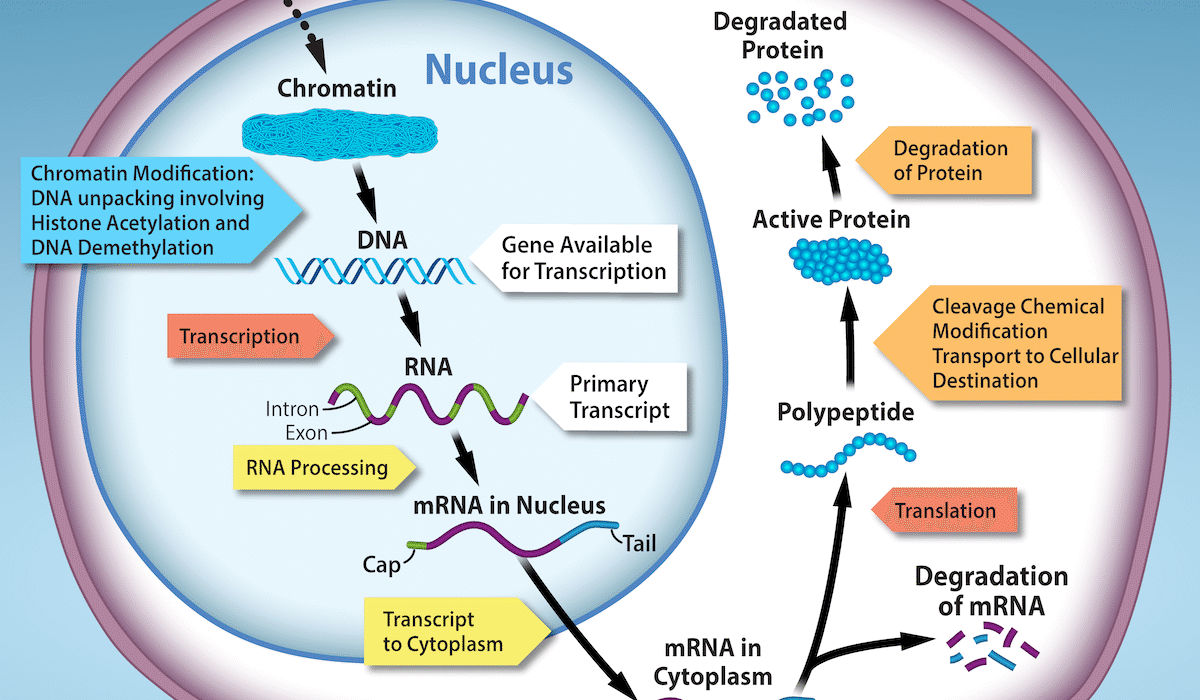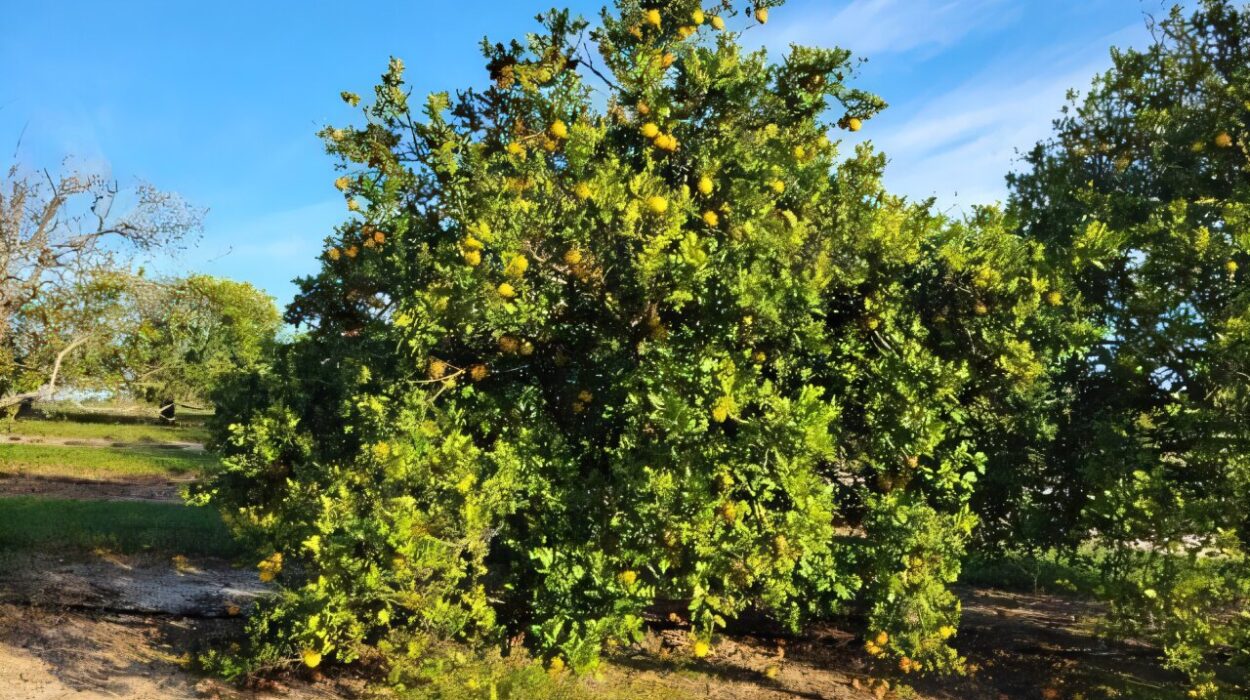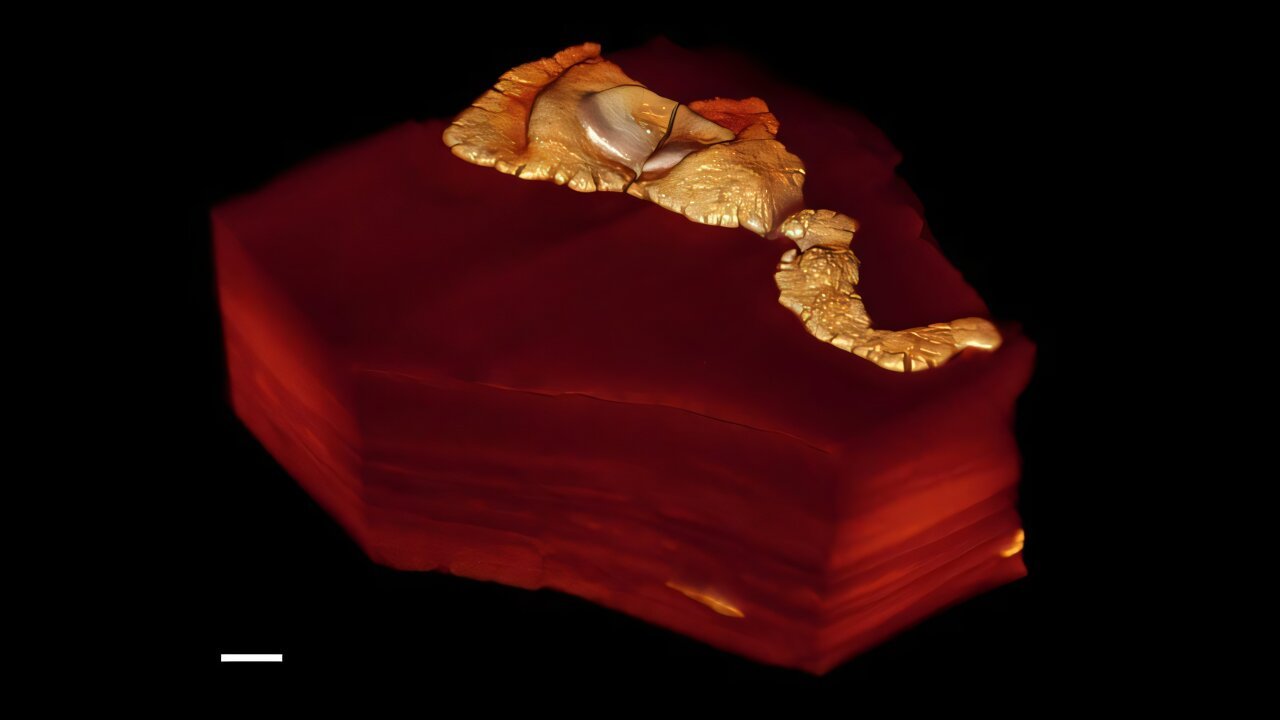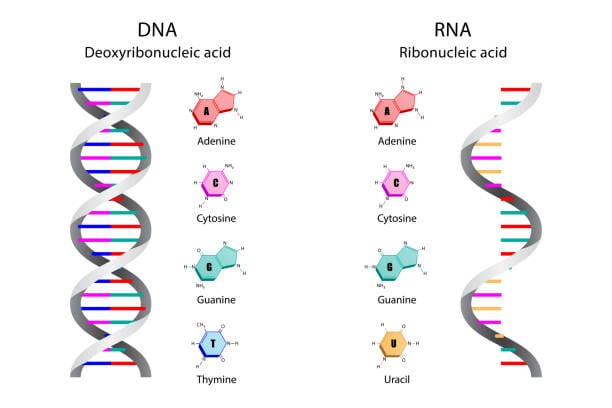Imagine sitting comfortably in your living room while an invisible army chews through your walls, floorboards, and roof beams. This is not the plot of a horror movie—it’s the everyday reality of homes under siege by drywood termites. Unlike their subterranean cousins, these insects don’t need soil. They don’t announce themselves with mud tubes or swarming colonies. They quietly set up shop inside wooden structures, carving elaborate tunnels and slowly dismantling your home from the inside out.
Now, a new scientific discovery from researchers at the University of California, Riverside is offering a game-changing weapon in the war against these stealthy invaders. With a compound known as bistrifluron, researchers have found a way to target termites with surgical precision—eliminating colonies without endangering human health or the environment.
Understanding the Enemy: Drywood Termites’ Secret Life
Drywood termites are a structural pest nightmare, particularly in warm, dry regions like California and northern Mexico. Unlike subterranean termites, which build elaborate underground networks, drywood termites live entirely within the wood they consume. They’re elusive, resilient, and can survive for years undetected. But like all insects, they share one critical vulnerability: their exoskeleton.
Unlike vertebrates, which have internal skeletons made of bone, insects wear their skeletons on the outside. This exoskeleton provides structure, protection, and muscle attachment, and is made primarily of a complex carbohydrate called chitin. It’s a miracle material in the insect world—tough yet flexible, lightweight yet strong. But for termites to grow, they must periodically molt, shedding their old exoskeleton and building a new one. This is where the new science steps in.
A Chemical That Exploits the Termite’s Achilles Heel
At the heart of the new breakthrough is bistrifluron, a compound that interferes with chitin synthesis. When a termite prepares to molt, it begins forming a fresh exoskeleton beneath the old one. But if it cannot produce chitin, the new armor never forms. The insect attempts to molt—something it cannot biologically avoid—but instead of emerging revitalized, it dies vulnerable and exposed.
“Once the termites reach a certain stage, they have to molt. They cannot avoid that,” said Dong-Hwan Choe, a senior entomology professor at UC Riverside. “With a lethal dose of this chemical, they’ll try to shed their old exoskeleton but won’t have a new one ready to protect them.”
The results are not immediate, but they are catastrophic—for the termites. In controlled studies, researchers found that bistrifluron kills up to 95% of a colony, a dramatic improvement over many existing treatments.
Slow but Strategic: A Domino Effect Inside the Colony
Bistrifluron doesn’t kill quickly, and that’s a good thing. Termites treated with the compound don’t just die—they linger long enough to pass the chemical to other members of the colony. As social insects, termites frequently groom and feed each other, spreading toxins through close contact. This means that a small, localized treatment can cascade throughout the entire population, eventually leading to total collapse.
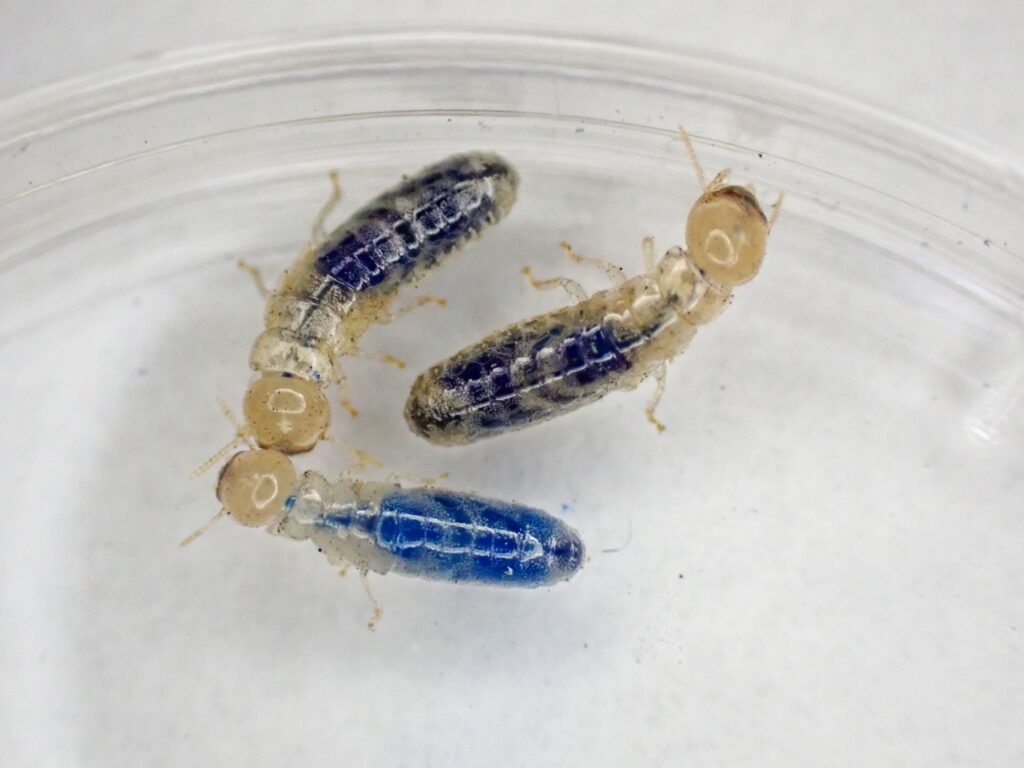
“This method of spot treatment can kill a larger colony and spread more easily than current termite control methods,” said Choe. “You don’t have to apply too much to get a very good result. The chitin synthesis inhibitors show promise as a localized treatment for drywood termites.”
Traditional methods like tent fumigation are far more disruptive. Fumigation requires residents to vacate their homes, bag their food, remove pets and plants, and endure exposure to toxic gases that can be hazardous to humans and animals alike. And once the fumes clear, nothing remains to stop termites from returning.
By contrast, bistrifluron stays active in the wood for an extended period, potentially offering long-term protection even after the initial infestation is wiped out.
Environmentally Friendly and Human-Safe
One of the most promising features of bistrifluron is its environmental safety. It is insect-specific and shows no harmful effects on mammals, including humans. “This chemical is more environmentally friendly than ones traditionally used for drywood termite infestations,” said Nicholas Poulos, the study’s corresponding author and a doctoral student in UCR’s Department of Entomology. “It’s specific to insects and can’t harm humans.”
This low-toxicity profile is vital in an age where concerns over indoor air quality and chemical residues are rising. As homeowners demand safer, greener pest control options, bistrifluron stands out as a smart and science-backed solution.
The Role of Chitin: Nature’s Structural Secret
To appreciate how bistrifluron works, it helps to understand the incredible role of chitin in the insect world. This biopolymer is found in everything from fungal cell walls to fish scales, squid beaks, and of course, insect exoskeletons. It gives structure and durability, allowing creatures like termites to resist crushing, dehydration, and predation.
In termites, chitin is especially critical. It’s not just a shell—it’s an interface where their muscles connect and move. Without it, termites become defenseless and immobile. By targeting the biochemical pathway that builds chitin, bistrifluron doesn’t just stop molting—it stops life.
Enhancing the Kill: Pinene, the Trojan Horse
While bistrifluron is lethal, its effectiveness skyrockets when paired with a deceptively simple compound: pinene. This pleasant-smelling chemical, naturally produced by pine trees and other conifers, acts like a beacon for drywood termites. It smells like home—and food.
The Choe laboratory previously discovered that termites follow the scent of pinene directly to insecticide-treated wood. “We saw significant differences in the death rates using insecticide alone versus the insecticide plus pinene,” Choe said. “Without pinene, we got about 70% mortality. When we added it in, it was over 95%.”
The combination of bait and toxin is a powerful one. The termites unwittingly bring death into their own colony, spreading it through contact and grooming behaviors. This method ensures that even termites hidden deep within beams, walls, or roofing are reached—something no spray or gas can guarantee.
A Real-World Solution in the Making
For now, bistrifluron is applied by dissolving it in acetone, which helps the chemical penetrate wood. However, acetone is flammable and pungent, making it less than ideal for use in occupied homes. Researchers are now exploring alternative solvents and delivery mechanisms to make this treatment viable for pest control companies and homeowners alike.
“We are working to make it more feasible for practical application in real life scenarios,” Poulos said. The goal is to create a formulation that is easy to apply, safe for indoor use, and durable enough to offer long-term protection.
A Warming Climate and Expanding Threat
As if termite infestations weren’t already troubling, there’s a bigger threat on the horizon: climate change. Drywood termites, once limited to certain warm and dry regions, are now spreading into new territories. Rising global temperatures are expanding the range in which these pests can survive and reproduce.
“As we move lumber around the world, the termites are constantly transported to new locations,” said Choe. “If they find the climate there acceptable, the problem will spread.”
In the coming decades, areas previously thought safe from drywood termites may see rising infestation rates. This makes the development of low-impact, long-term control strategies not just a regional necessity, but a global imperative.
Toward a Future Without Fumigation
For homeowners, landlords, and property managers, the promise of a safe, targeted, and effective termite treatment is nothing short of revolutionary. No more vacating homes. No more toxic chemicals seeping into walls. No more return visits year after year.
What UC Riverside researchers have uncovered isn’t just a new pesticide. It’s a new philosophy—a way to work with nature’s own biology to solve one of humanity’s oldest and most frustrating problems.
Termites have evolved over millions of years to survive in secret. But with modern science, a deeper understanding of insect physiology, and a little help from forest-scented bait, we may have finally found a way to outsmart them.
And it couldn’t come at a better time. In an era when climate change, sustainability, and human health are tightly intertwined, bistrifluron represents more than just a better bug killer. It represents a smarter, safer path forward.
Reference: Nicholas A Poulos et al, Toxicity and horizontal transfer of chitin synthesis inhibitors in the western drywood termite (Blattodea: Kalotermitidae), Journal of Economic Entomology (2025). DOI: 10.1093/jee/toaf064
